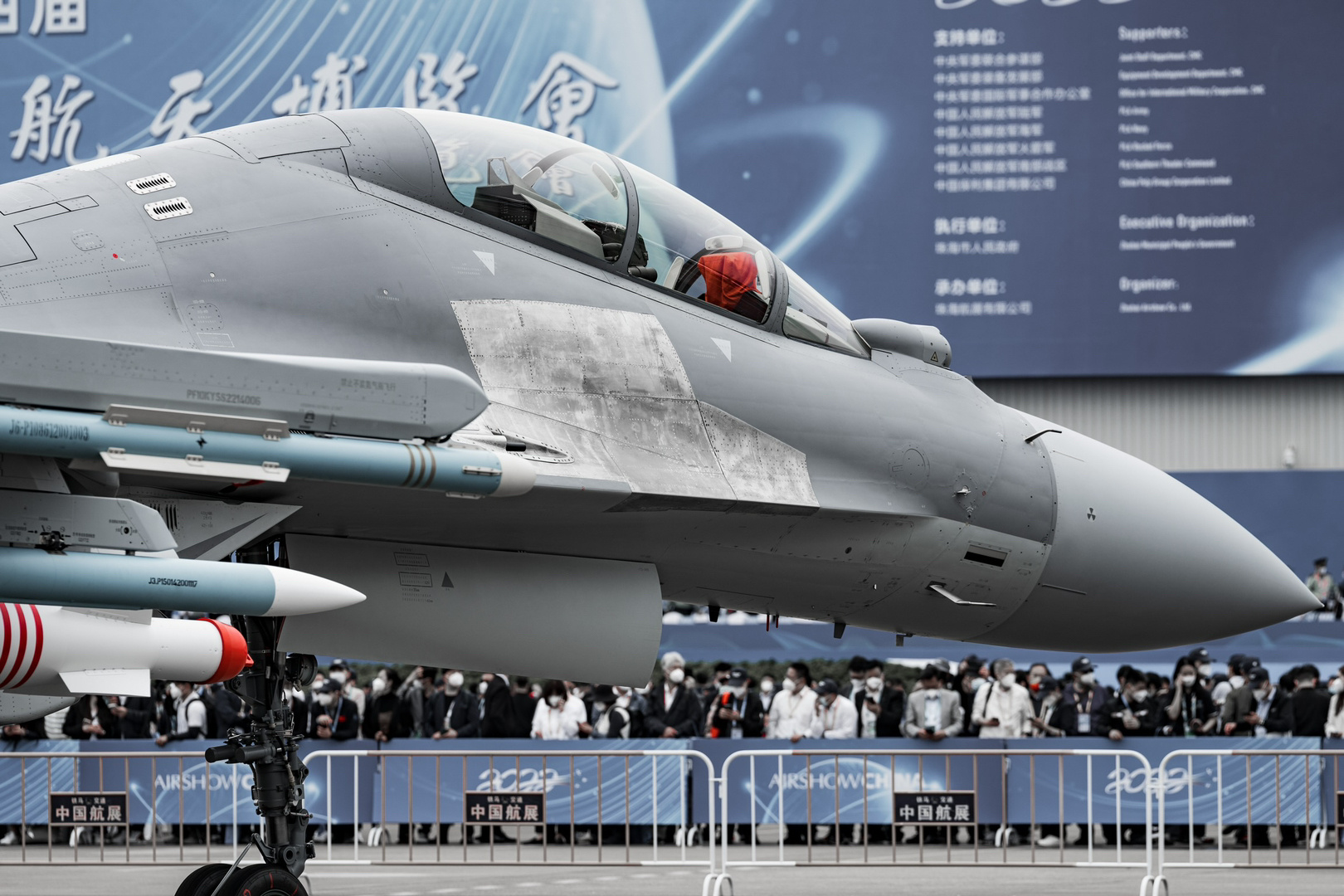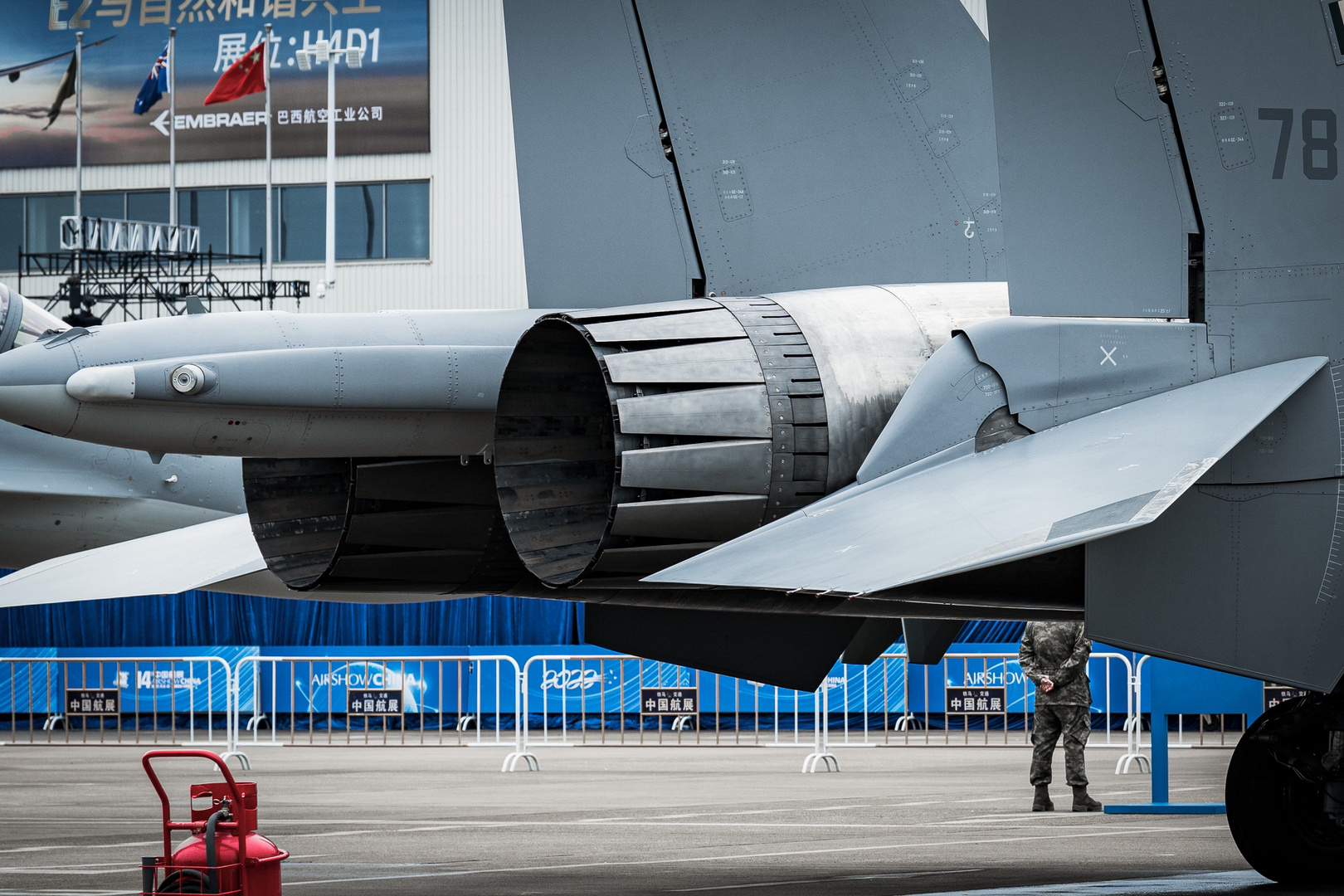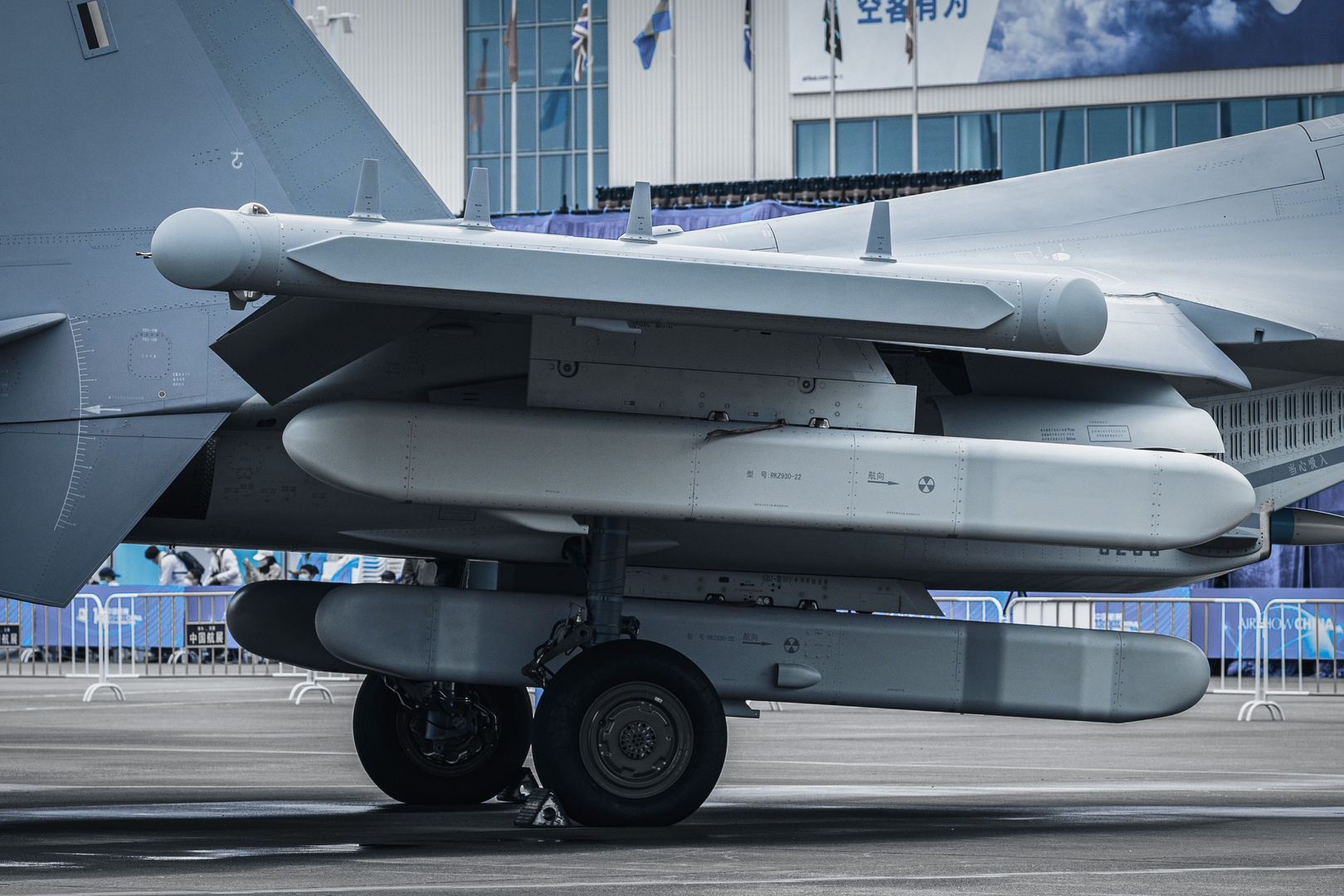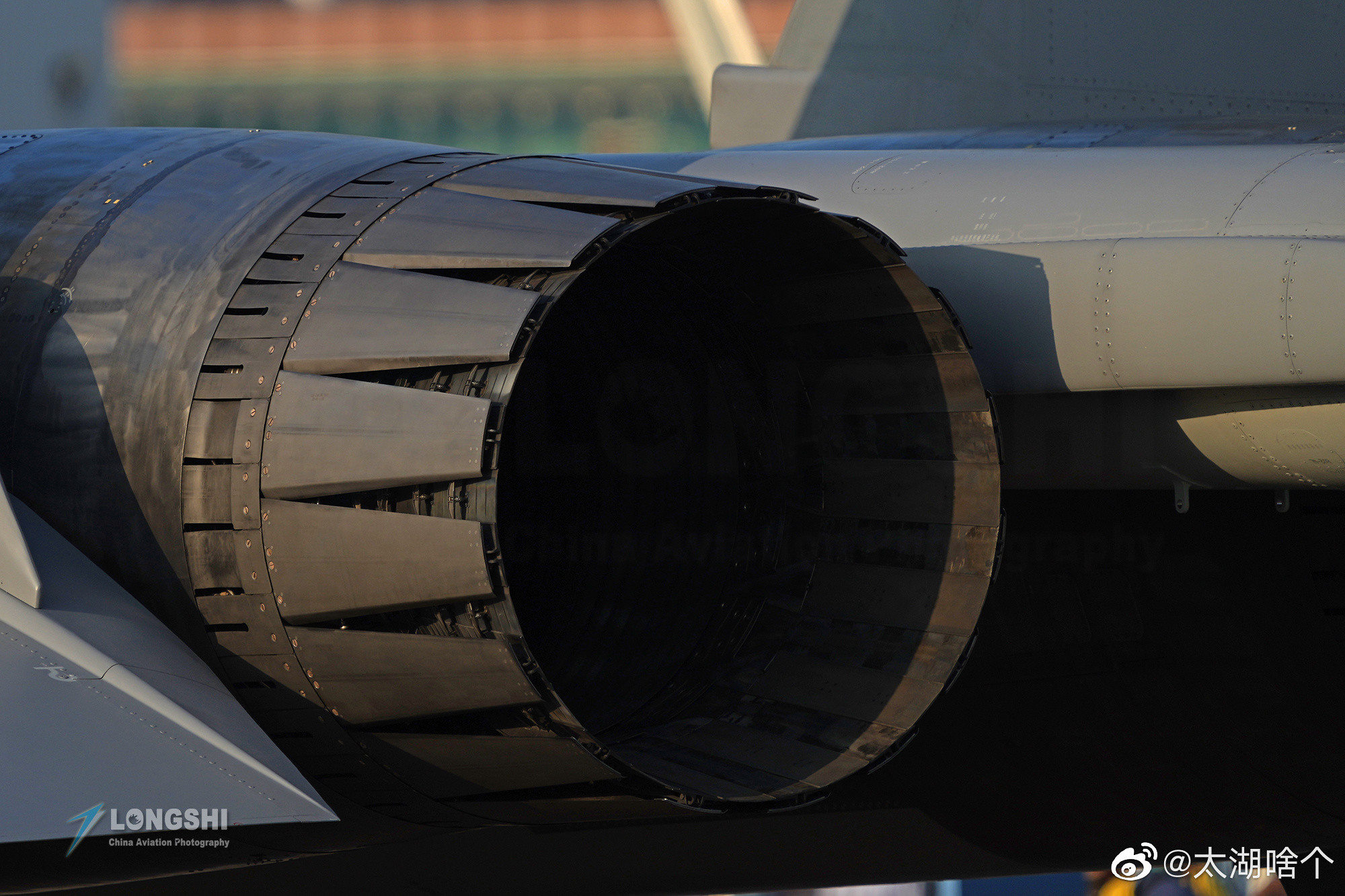Su-35 is definitely not front line for PLAAF. It is basically used in PLAAF to train against higher maneuvering opponents up close. It can't use any of the modern Chinese missiles. It's electronics are too old.The way my underinformed a$$ sees the newly discovered production rates of certain warplanes for the PLAAF and PLANAF, generally it does provide a generally good insight on how the PLAAF and PLAN lineups would look like, going into the coming decade or two at least, IMO.
Do note that only offensive-purpose warplanes (i.e. fighters and bombers) for the PLA are included. Non-offensive-purpose warplanes (i.e. AWACS, ELINT, reconnaisance, tankers, transport aircrafts etc) for the PLA would not be included.
1. The J-20s and J-16s (alongside Su-35s) would become the mainstay and major fighting arm of the PLA for the coming decades.
2. The J-11s would be gradually phased out and replaced by the J-20s (at least from older units), alongside those imported Su-27s and older Su-30s.
3. The J-10s would remain as the mainstay and support fighting arm of the PLA for the coming decades.
4. The J-15s would remain as the mainstay of the PLAN until the J-35s has been introduced into mass production, of which the J-15s would be gradually supplemented and then replaced by the J-35s.
5. The JH-7s would be gradually phased out and replaced by the J-16s.
6. The H-6 would remain in service with the PLAAF for considerable periods of time until the H-20s have been introduced into mass production, of which the H-6s would be gradually supplemented and then replaced by the H-20s.
However, there are two warplane models which I am still unclear with.
7. One would be the J-31, which is basically the land-based version of the J-35 multirole fighter. Would the J-31s be introduced to PLAAF service to serve alongside the J-20s as China's 2nd land-based 5th generation fighter, or would it only be meant for export? Should the earlier option be chosen, the J-31s could be the ones that would be gradually supplement and then replace J-10s (at least from older units).
8. Two would be the JH-XX, which is an even less well-known fighter-bomber project compared to the H-20. No confirmation exists on whether the JH-XX project is even real at this point. However, if the project does exist and become a viable fighting component for the PLA, then the JH-XXs would be a complementary component to the H-20s.
Just think of a future of J-20/J-16 for now supplemented by J-10B/Cs and J-11BGs. JH-7A, Su-30s, J-10As and J-11As are all going away by the start of next decade I think. FC-31s will probably join service later on this decade in good numbers.






























